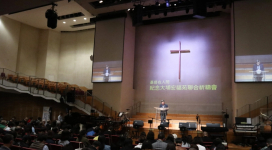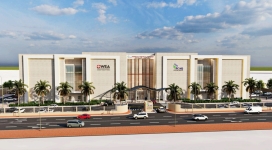Greek policy makers will decide whether their nation will allow mosques in their nation’s capitol, this week, after years of unresolved discussion.
The new debate will focus on the possibility of reestablishing a former mosque in the Athens tourist district of Monastiraki, now a folk art museum.
Opponents and supporters locked into open debate for the proposed mosque under the city’s Acropolis, which is within sight of a Greek Orthodox Church cathedral.
"Restoring the functions of a former mosque at the foot of the Acropolis, and next to churches, would serve as proof of our city's tolerance," argued Marios Begzos, Athens University professor of religion philosophy, as quoted by AFP.
"I have no objection to a mosque in Monastiraki as long as Turkey gives the keys of Haghia Sophia to the Orthodox Ecumenical Patriarchate," Conservative MP Stelios Papathemelis shot back in reference to a Byzantine-era church in Istanbul that was converted into a mosque when Ottoman Turks took the city in 1453, according to AFP.
Monday, the influential Greek Orthodox Church said that it would not voice any objections to having a mosque constructed in the city, citing rising numbers of Muslim immigrants.
A few individuals have voiced concerns, nonetheless, including local shop owners who complained on Greek television news broadcasts that the mosque would ruin the district’s tourist image.
Prior to this week's debate, Greek lawmakers have looked into the possibility of allowing mosques, including drafting a proposal for building one in the Athens district of Penia prior to the Athens 2004 Olympics.
The site of contention in the Monastiraki district was built during the Ottoman occupation of Greece in 1759. After the founding of the Greek State, the former mosque was used for various purposes including a prison, storehouse, and barracks for the army band. In 1915, it was restored by famed architectural historian, Anastasios Orlandos, and turned into the Museum of Greek Handicrafts.







